Warning signs of glaucoma: what to look out for

As we age, we become more and more susceptible to various health concerns and issues, particularly when it comes to our eyesight.
One such eye health concern that many adults over the age of 40 need to be mindful of is glaucoma, which can cause blindness if the warning signs aren’t noticed in time.
So what is glaucoma, and how can you recognise its symptoms?
“Glaucoma often develops silently — by the time symptoms appear, significant vision loss may already have occurred.”
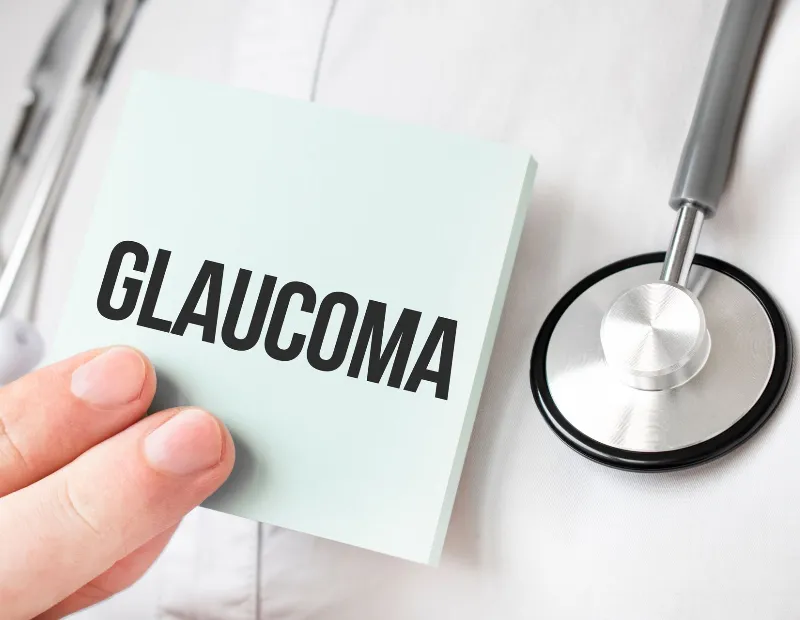
Different types of glaucoma
Glaucoma is a descriptor for a group of similar conditions that share particular characteristics and signs. All of these conditions come under the umbrella term of glaucoma, but there are typically four types:
- Primary open angle glaucoma, where an increase in pressure inside the eye causes damage to the optic nerve
- Angle closure glaucoma, where the natural drain of fluid in the eye is closed, increasing the pressure within the eye
- Normal tension glaucoma, where a mix of factors causes damage to the optic nerve
- Secondary glaucoma, where another condition, like cataracts or inflammation, leads to the development of glaucoma.
Further, the diagnosis of glaucoma isn’t determined by one particular definition, but rather by the presence of multiple symptoms.
Using multifocal contact lenses can drastically improve your vision. The lenses are designed to have different vision supports in different areas, similar to multifocal glasses. This allows you to have clear vision at all times, regardless of whether you’re looking close up or far away.
They’re much easier than repeatedly swapping out contact lenses every time you want to look at something far away – and much safer for your eyes, too!
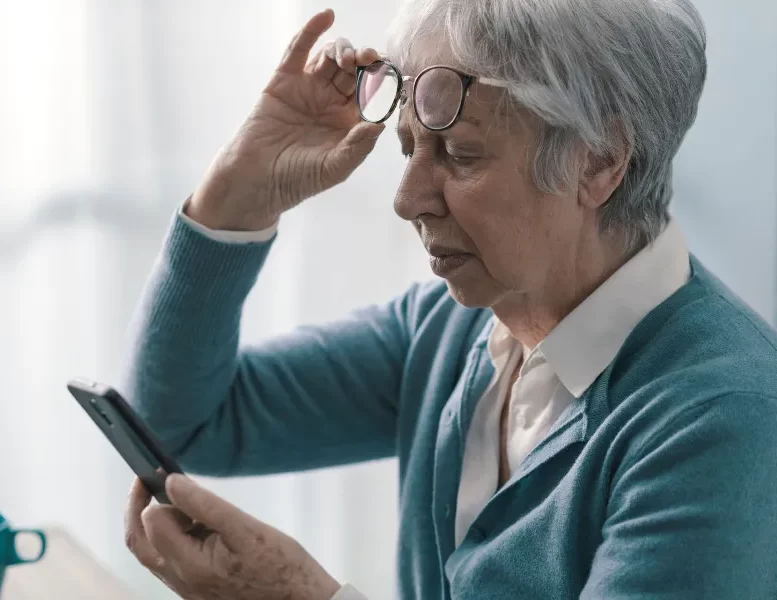
What are the warning signs of glaucoma?
Glaucoma is a chronic, long-term condition, with patients usually experiencing changes in the visual field and some damage to the optic nerve in one or both eyes.
The frightening thing about glaucoma, more specifically primary open angle glaucoma, is that there are usually little to no symptoms that patients experience until after the eyesight starts to become damaged.
However, glaucoma is a disease that develops slowly over the course of years, so optometrists can pick up on it during regular eye tests and examinations and begin treatment.
Many people diagnosed with any type of glaucoma will typically not notice anything for the first few years, but eventually recognise a loss of peripheral vision. Unfortunately, by the time the patient notices any vision loss, the damage has begun to set in and cannot be reversed.
Meanwhile, for angle closure glaucoma, there are a handful of symptoms that people can experience at the onset of the disease. This type of glaucoma is usually considered acute, and while damage occurs quickly, the symptoms can be apparent. These include:
- Blurred or hazy vision
- Rainbow-coloured circles around bright lights
- Severe headaches and eye pain
- Nausea
- Sudden loss of sight
If you experience any of these symptoms, it’s crucial to get yourself to a doctor or optometrist as soon as you can.
“Regular eye examinations after age 40 are the best defence against irreversible vision damage from glaucoma.”
How can you treat glaucoma?
Glaucoma may not be curable, but it is manageable with targeted treatment that can slow the loss of vision. The sooner your optometrist can diagnose glaucoma, the sooner treatment can begin, and the more effective you can be at preventing the loss of eyesight.
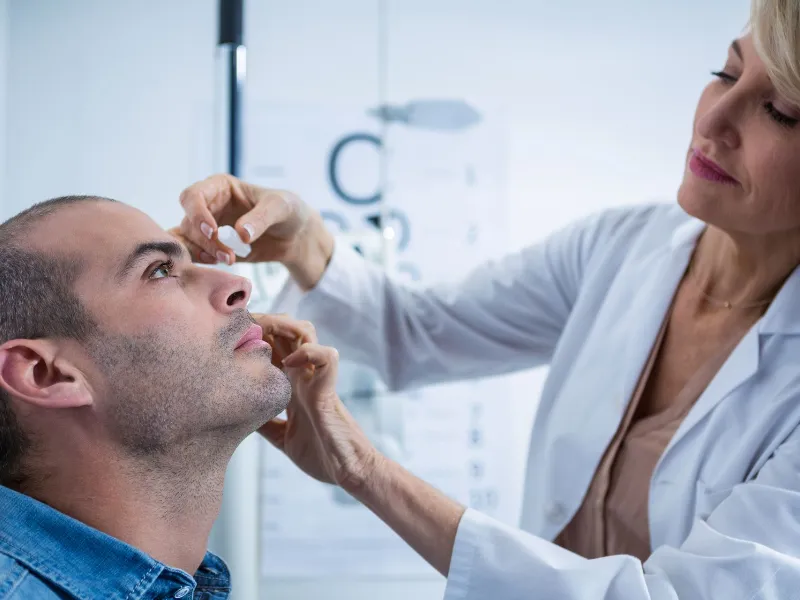
Treating primary open angle glaucoma includes:
Eyedrops
Prescription eyedrops help to decrease the pressure inside your eye by improving the drainage of fluid. Other eyedrops help decrease the amount of fluid made in the eye.
These eyedrops typically include prostaglandins, beta blockers, alpha-adrenergic agonists, carbonic anhydrase inhibitors and rho kinase inhibitors.
Oral medications
If the eyedrops don’t help to reduce the pressure inside the eye, your specialist may also be prescribe oral medication to reduce the fluid production of the eye and decrease the pressure.
Specialists often prescribe oral medications for those who need a drastic and quick reduction of eye pressure to protect their vision. However, oral medications aren’t suitable for anyone with an allergy to sulphur, kidney stones or significant kidney diseases.
Laser therapy
If eyedrops and medication aren’t suitable, your specialist can treat the glaucoma through laser trabeculoplasty, where they use a small laser to improve the drainage inside the eye to reduce the pressure.
Filtering surgery
This is a different type of surgery also known as a trabeculectomy, but rather than a laser, the surgeon will create an opening in the whites of the eye that creates another space for fluid to move to.
Other types of surgery are available as well, such as drainage tubes and glaucoma surgery. If you’ve received a diagnosis of angle closure glaucoma, this is treated as a medical emergency and requires urgent treatment that will commonly involve medication and procedures to reduce the fluid build-up.
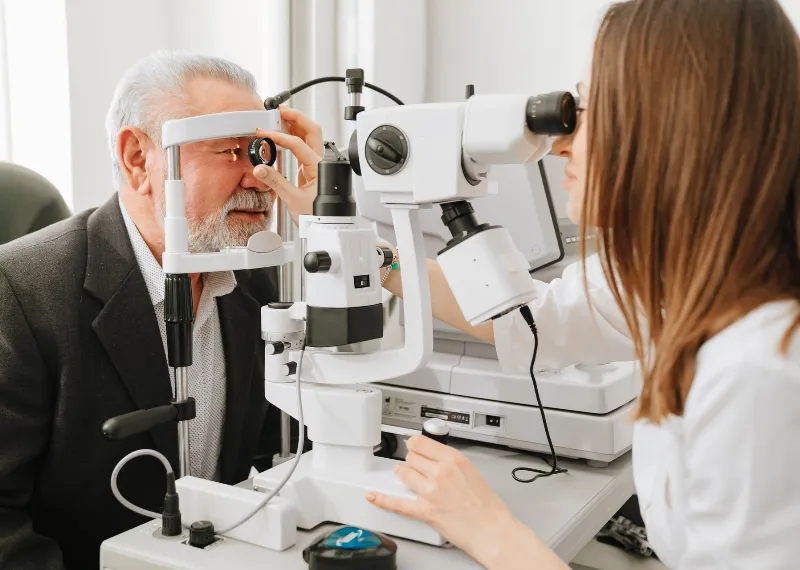
Don’t delay your eye tests
The eyes are a vital yet delicate part of the human body. Even if you’ve never experienced eyesight issues before, there’s always a chance you will one day.
So making sure you’re having frequent eye examinations that utilise highly effective optometry technologies like ultra-widefield imaging will help you ensure the best chance for prolonging the health of your eyes and vision.
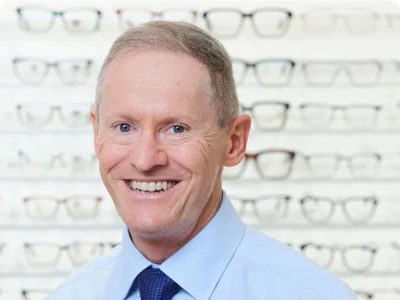
Meet the Author
Ian Donald
Optometrist
Ian Donald had a vision.
He was going to become a dentist. It seemed like a good plan, until his careers adviser gave him a brochure on optometry. It opened up a whole new world. The eye intrigued him. It fascinated him. Optometry captivated him. And so his whole focus changed.
Ian went on to do work experience in the very office he owns today. While studying Optometry at the prestigious UNSW, he spent hours working in that same office, doing all the things no one else wanted to do. Filing. Filing. Filing.
Learning, learning, learning. It’s part of who he is.
Even today he is constantly training and retraining, studying and staying up to date with the latest technology in eye health.
So what else energises Ian?
‘Riding my bike, being part of the community, and helping people see. It gives me the best feeling possible. We take it for granted, because we do it all day, every day. It’s such a gift to be able to give people peace of mind.’ Read More
FAQs
What is glaucoma and who is most at risk?
Glaucoma is a progressive eye disease that damages the optic nerve, often linked to increased eye pressure, and it most commonly affects adults over 40.
What are the early warning signs of glaucoma?
The early signs of glaucoma can include gradual loss of peripheral vision, which is often not noticed until significant damage has occurred.
What are the symptoms of acute or angle-closure glaucoma?
Acute glaucoma symptoms may involve sudden eye pain, blurred vision, rainbow-coloured halos around lights, severe headaches, nausea, or sudden vision loss, all of which need urgent attention.
How is glaucoma treated or managed once diagnosed?
Glaucoma management may include prescription eye drops, oral medications, laser therapy, or surgical procedures to reduce pressure and preserve vision.
How often should I have eye exams to detect glaucoma early?
Regular eye examinations are vital, especially after age 40, as glaucoma can develop slowly without obvious symptoms in the early stages.
© Copyright Ian Donald Optometrist 2025. All Rights Reserved. Website by Brilliant Digital.






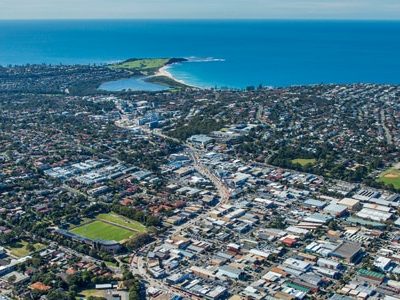









































 View Brands
View Brands

 BOOK an EYE TEST
BOOK an EYE TEST